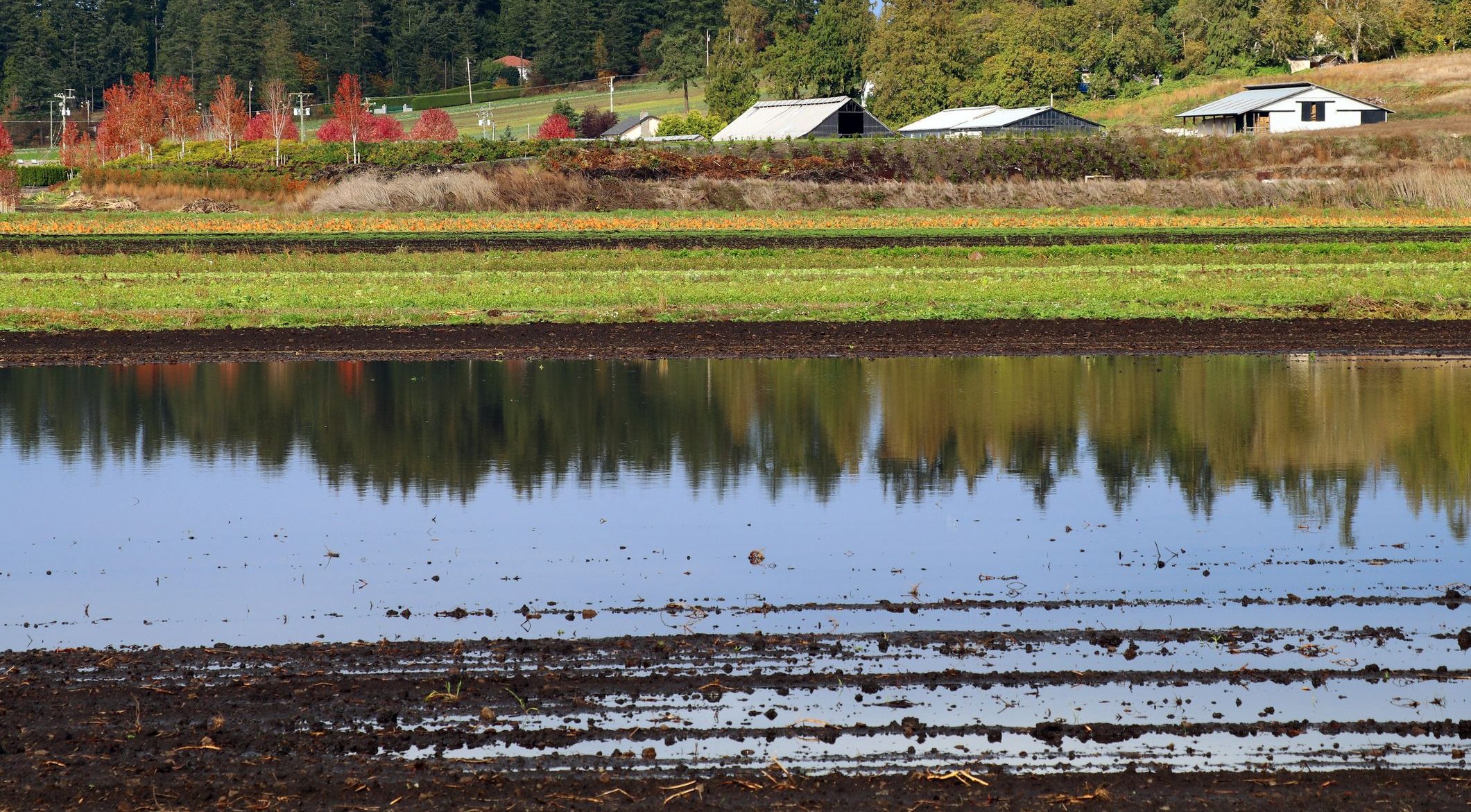New research helps build the case for harnessing the power of natural infrastructure for large-scale wetland restoration. This approach can help improve water quality in agricultural landscapes, according to Ducks Unlimited Canada (DUC).
“Ducks Unlimited Canada’s research uncovers the unique relationships among wetlands, watershed health, and biodiversity,” said Phil Holst, director for Ducks Unlimited Canada and chair of DUC’s national conservation committee. “[It] is central to helping us understand the potential impacts of our conservation actions. It also equips us with the data we need to take a meaningful message to Canadians about the role of wetlands as a natural solution for clean water.”
As part of its conservation program in the Lake Erie watershed, DUC quantified the extent to which restored wetlands capture phosphorus from surface-water runoff before it entered downstream rivers and lakes. Researchers assessed eight recently restored wetlands for one year and measured their efficiency in capturing nutrients.
DUC’s findings indicate that the restored wetlands act as phosphorus sinks and retain nutrients in the wetland basins throughout the year. Notably, the wetlands efficiently captured soluble reactive phosphorus, generally referred to as SRP, which is the form of phosphorus found in excess in Lake Erie. Excess phosphorus is one of the main causes of blue-green algae outbreaks that increasingly affect rivers and lakes across Canada.
“We are all aware of the algae issue that plagues Lake Erie every year,” said Erin Carroll, director of biology for St. Clair Region Conservation Authority. “And we are all working together to come up with solutions to this problem. Our positive partnership with Ducks Unlimited Canada has helped us increase wetland cover in our region, which not only improves local water quality but also reduces flood risk and provides important habitat for wildlife.”
This study was led by the Institute for Wetland and Waterfowl Research, DUC’s research arm. Field work was conducted by the St. Clair Region Conservation Authority. The project was funded by the Ontario Ministry of Natural Resources and Forestry and the U.S. Fish and Wildlife Service via the North American Wetlands Conservation Act.
A summary of the research project and the full report, Determining the Nutrient Retention Capacity of Newly Restored Wetlands in Southwestern Ontario, are available online.













